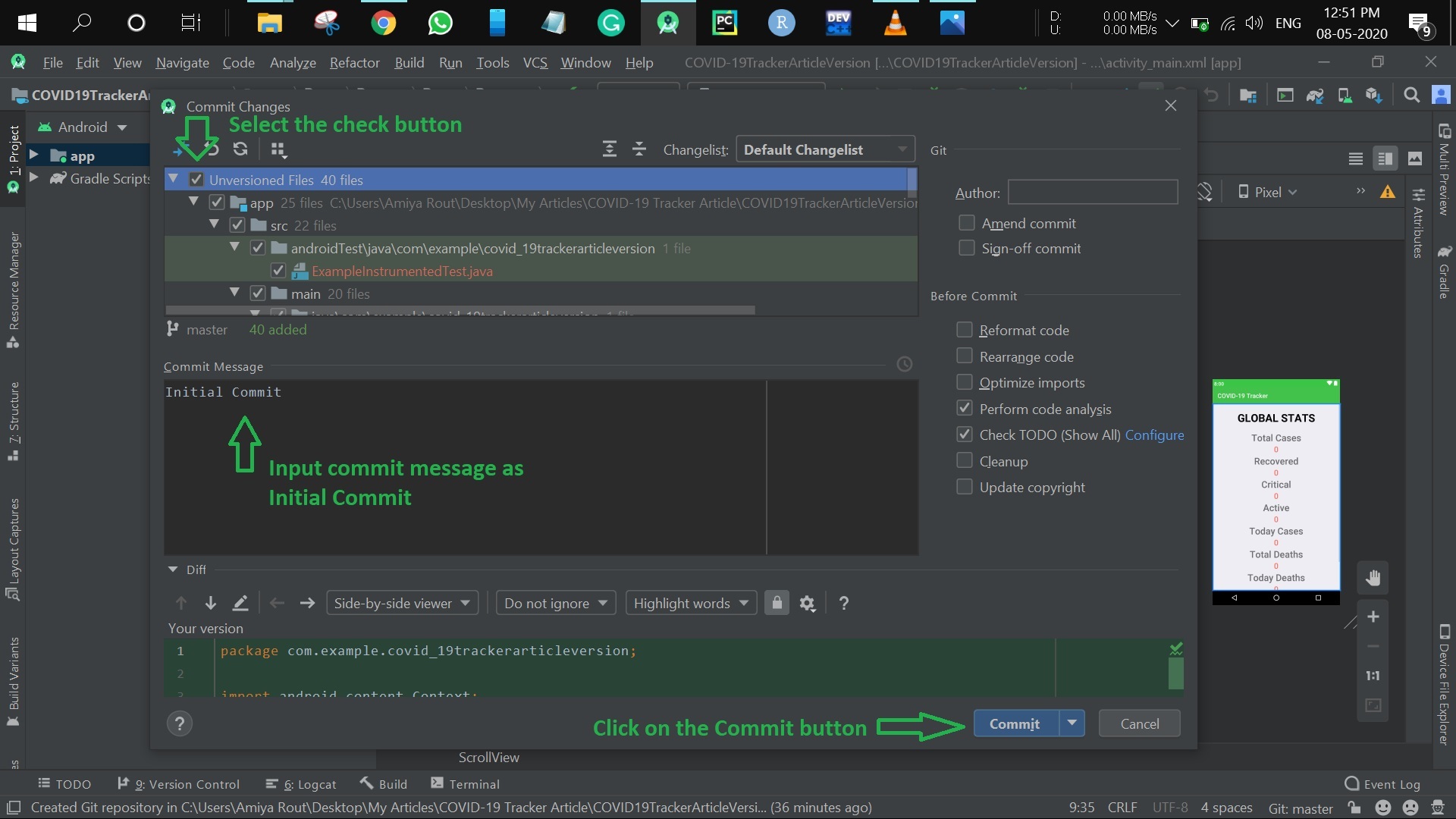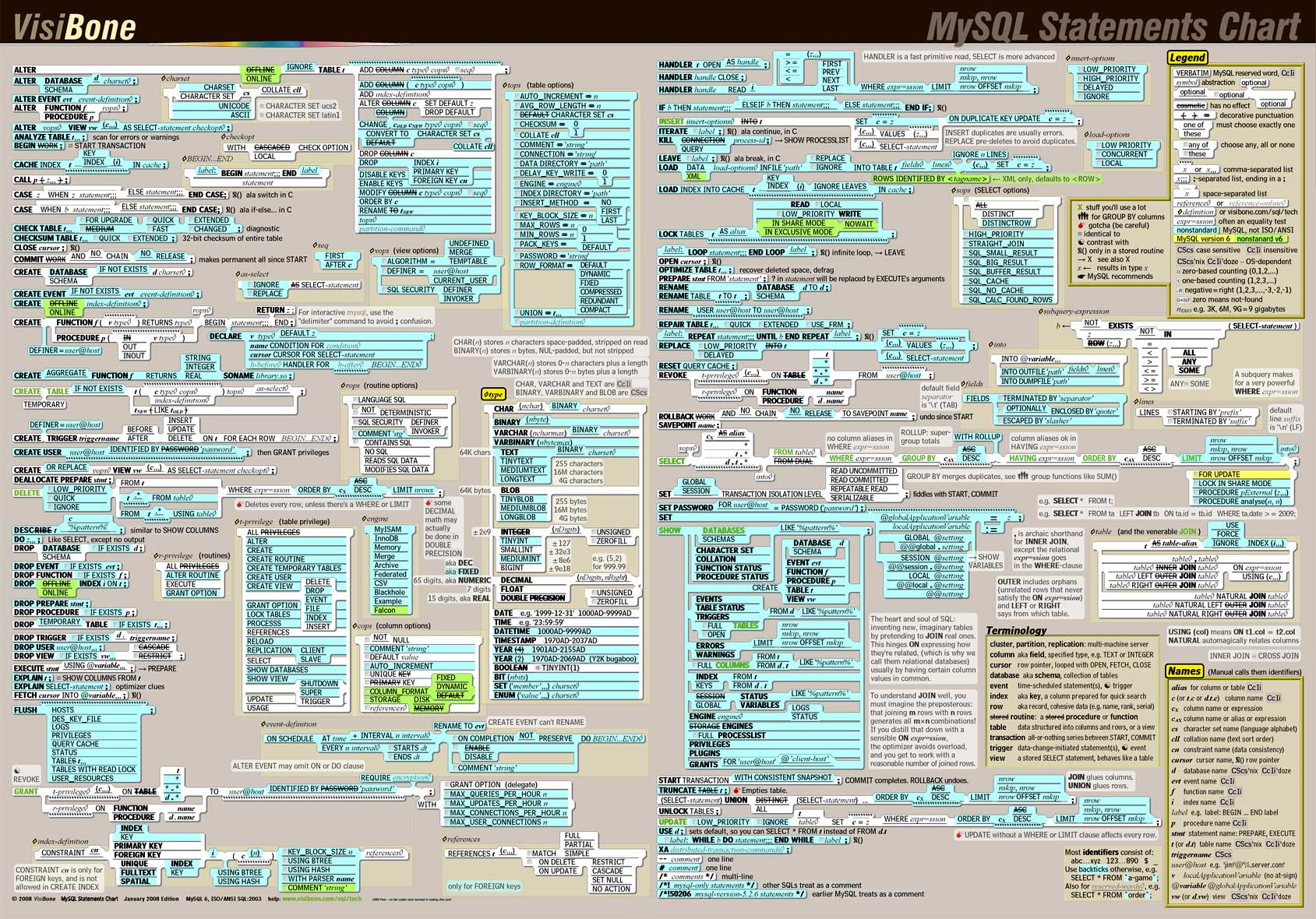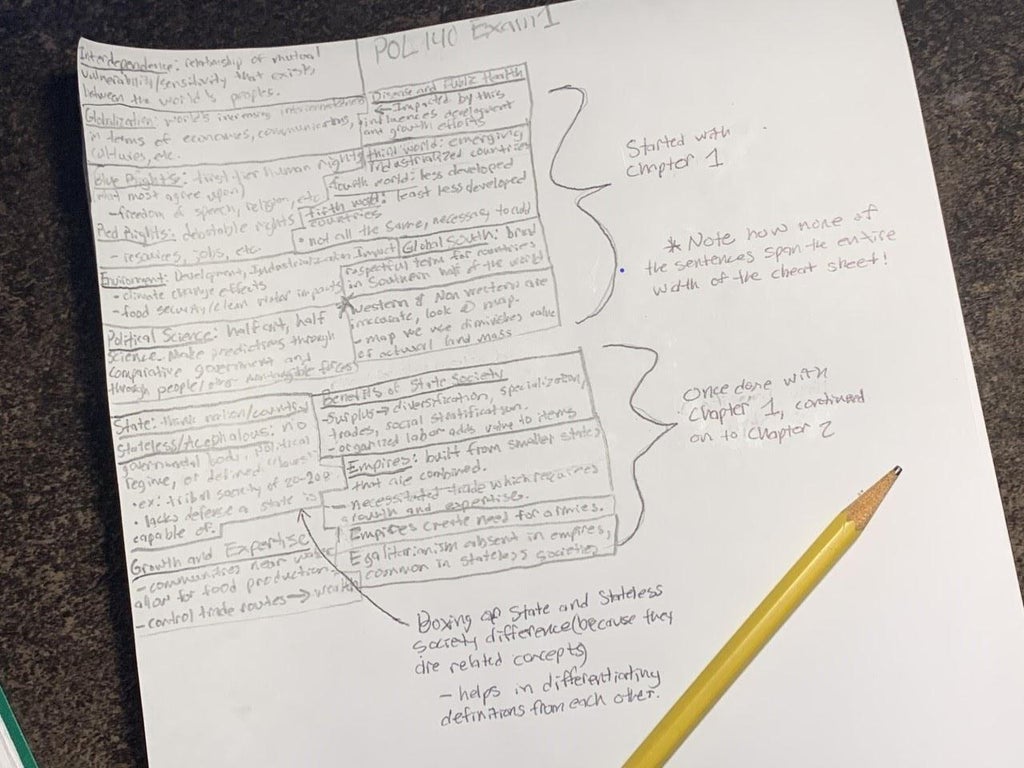Python is a programming language with many features that can be daunting for beginners. However, there are some key concepts and modules that will help you get started. This cheat sheet covers the most important aspects of Python, including data types, variables, functions, and libraries.
With this information in hand, you’ll be able to start writing your own programs in no time.
Python is a powerful programming language that is widely used in many industries today. Python is easy to learn for beginners and has many modules and libraries that allow for robust programming. Python is a popular language for web development, scientific computing, data analysis, artificial intelligence, and more.
This quick cheat sheet will help beginners get started with Python.
Python Basics Cheat sheet with Hands-on | Part1
Python Cheat Sheet Pdf 2022 Pdf
Python is an unambiguous, easy-to-read, general-purpose high-level programming language which considers paradigms of structured, procedural, and object-oriented programming.

Credit: www.pinterest.com
What is the Best Python Cheat Sheet?
Python is a programming language with many features and functions. As such, it can be difficult to remember all the different syntaxes and command options. This is where Python cheat sheets come in handy.
A Python cheat sheet is simply a reference guide that contains all the important information about the language syntax, function library, tools, tips, and tricks. It can be used as a quick reference when you are working on a project or coding challenge.
There are many different Python cheat sheets available online.
Some of the more popular ones include:
PyCheat – https://pycheat.readthedocs.io/en/latest/
PythonForBeginners – http://www.pythonforbeginners.com/cheatsheet/python-cheat-sheet
FullStackPython – https://www.fullstackpython.com/table-of-contents.html
Which one you choose will depend on your own personal preferences and needs.
How Do You Make a Cheat Sheet?
When it comes to exams, cheating is unfortunately all too common. But what exactly is cheating? And how do you make a cheat sheet?
The definition of cheating varies depending on who you ask. Some people would say that simply looking at your notes during an exam is cheating, while others would only consider it cheating if you use someone else’s notes or copy from another student. However, the most common definition of cheating is using any material that has not been specifically approved by the teacher or professor administering the exam.
This could include anything from textbook solutions to online answer keys.
So how do you make a cheat sheet? The first step is to find out what kind of information will be on the exam.
This might mean reading over the syllabus, looking over old quizzes and tests, or asking your teacher directly. Once you have a good idea of what will be covered, you can start gathering material to use as reference during the exam. This could include making note cards with key information or writing out formulas and definitions in a notebook.
If you’re allowed to bring one page of notes into the exam with you, be sure to choose wisely what goes on that page! You’ll also want to make sure your cheat sheet is well organized and easy to read; after all, you’ll only have a limited amount of time to consult it during the test.
Of course, there are risks involved with cheating – getting caught could result in a lower grade or even getting expelled from school.
So before you decide to cheat, weigh the potential consequences carefully. Is it really worth risking your future for a better grade on one test?
Why are Cheat Sheets Important?
Cheat sheets are important for a number of reasons. First, they provide a quick reference for complex topics. Second, they can help you learn new material more quickly.
Third, they can be used as a study aid when preparing for exams. Finally, cheat sheets can help you troubleshoot problems by providing a step-by-step guide to solving them.
Conclusion
This blog post provides a helpful cheat sheet for beginners learning Python. It covers basic concepts such as data types, variables, and flow control. Additionally, it includes a section on common mistakes that beginners make.
This cheat sheet is a great resource for anyone just starting to learn Python.


















